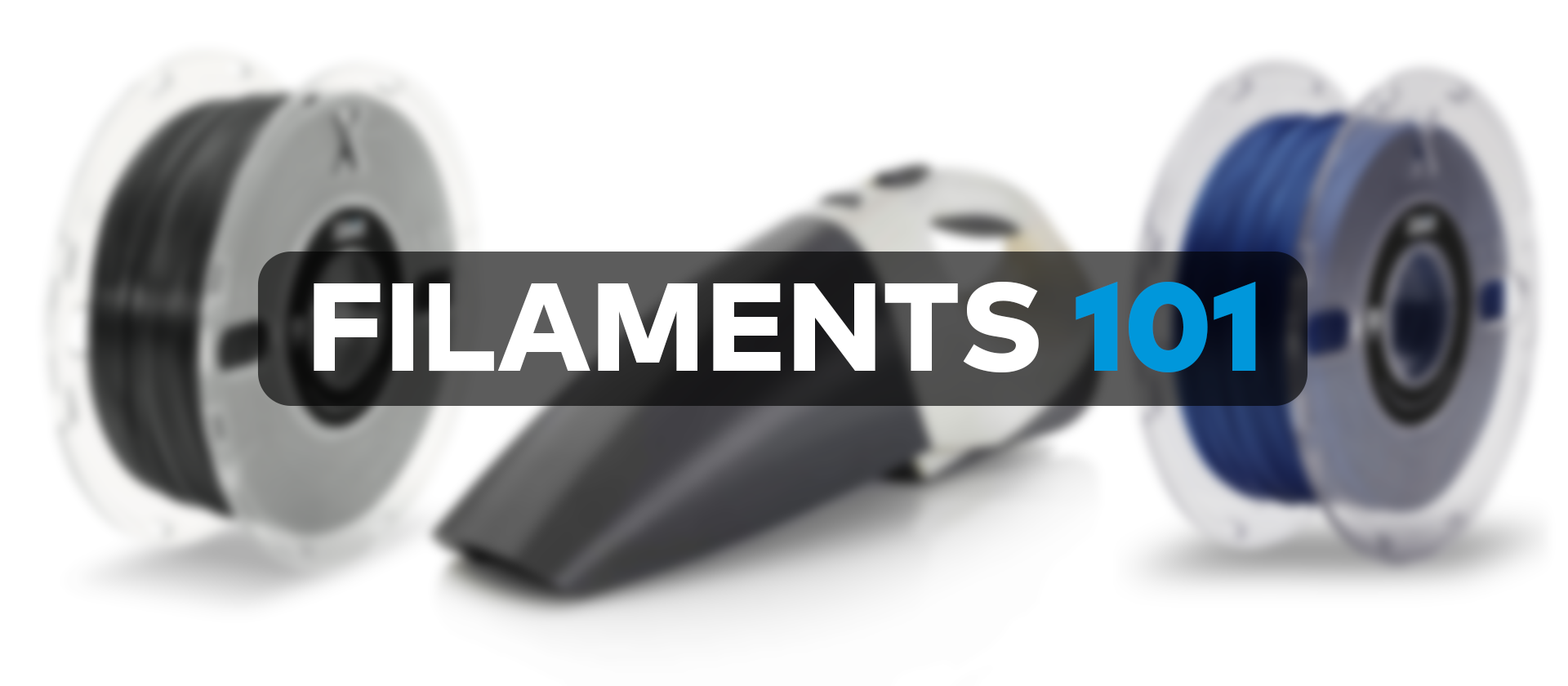
FILAMENTS 101
The filament you use will be crucial for the performance and aesthetics of your prints. So, it is important to have a basic understanding of different filaments and their function if you don’t want to be lost while buying one.
Here is a quick guide to the basic filaments and their properties.
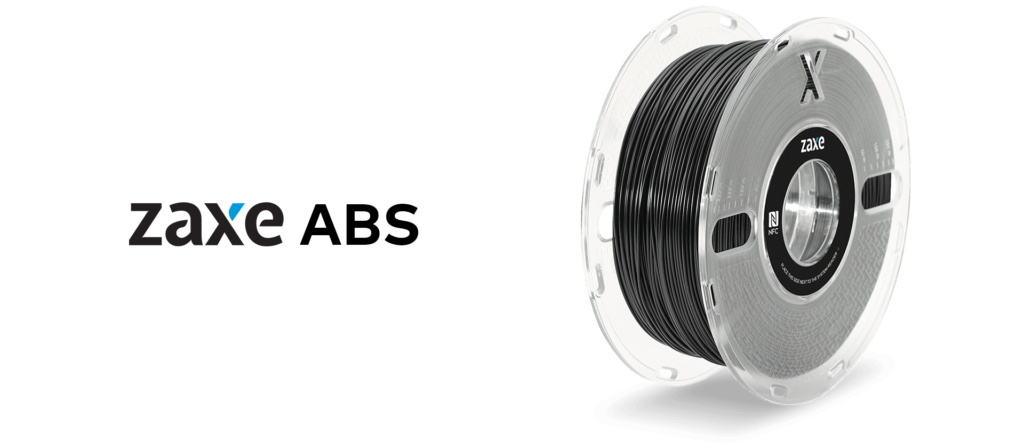
ABS
ABS is the quintessential workhorse of the 3D printing world and for good reason. Being one of the most reliable, budget-friendly, and sturdy materials makes ABS a popular choice among both enthusiasts and professionals. It has great heat resistance and high tenacity which makes it suitable for mechanically stressed parts.
Pros :
- High durability and heat resistance
- Very versatile
- Suitable for post-processing
- Reasonable price
Cons :
- Prone to warping
- Unpleasant smell
- Requires high temperatures
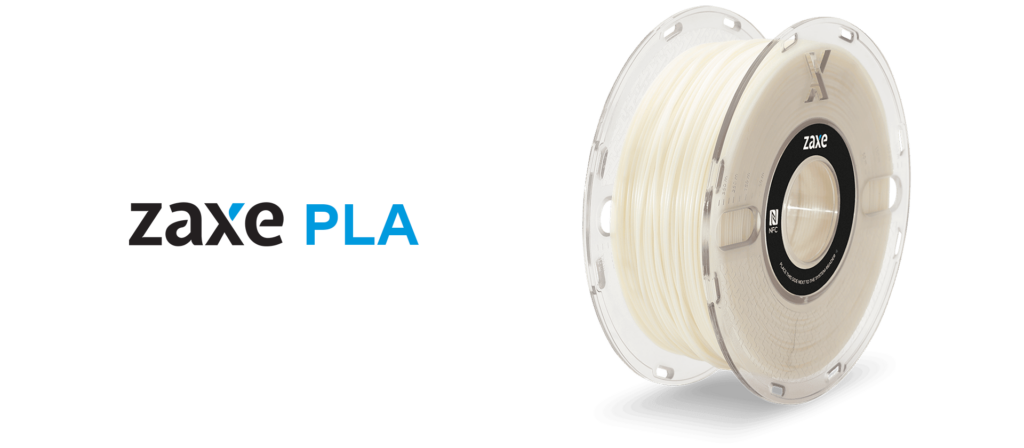
PLA
Being one of the easiest filament types to print with makes PLA a popular choice among inexperienced printer users. It can give you very smooth finishes and for that reason, it is great for printing concept models, prototypes and toys. PLA is also biodegradable which makes it a pretty environmentally friendly material to work with.
Pros :
- Very easy to print with
- Low warping
- Reasonable price
- Biodegradable
Cons :
- Very brittle
- Difficult to post-process
- Low heat resistance
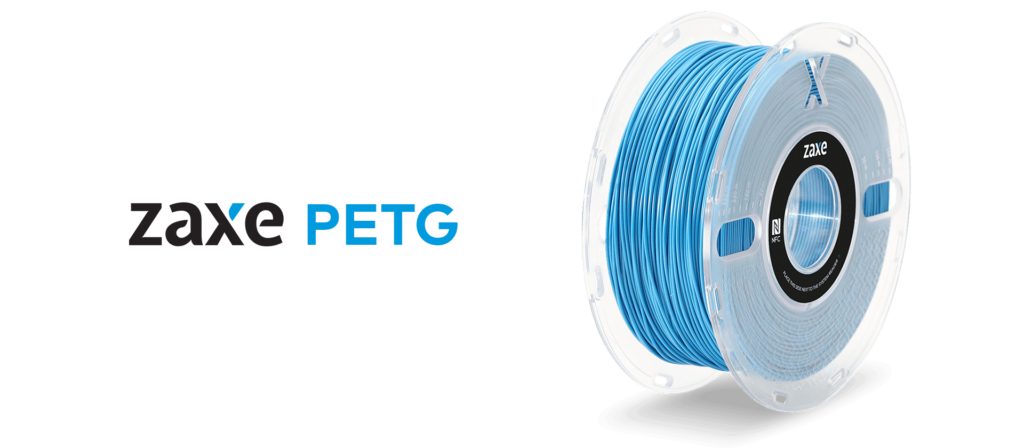
PETG
PETG can be considered a sweet spot between ABS and PLA when it comes to some of their physical properties. It is durable and heat resistant like ABS but it is also easy to print with like PLA. PETG is great for spare part production, especially for parts that will be used outside thanks to its water and humidity resistance.
Pros :
- Relatively easy to print with
- Has good longevity
- Low warping
- Great Humidity Resistance
Cons :
- Supports are hard to remove
- Doesn’t have the best details
- Prone to stringing
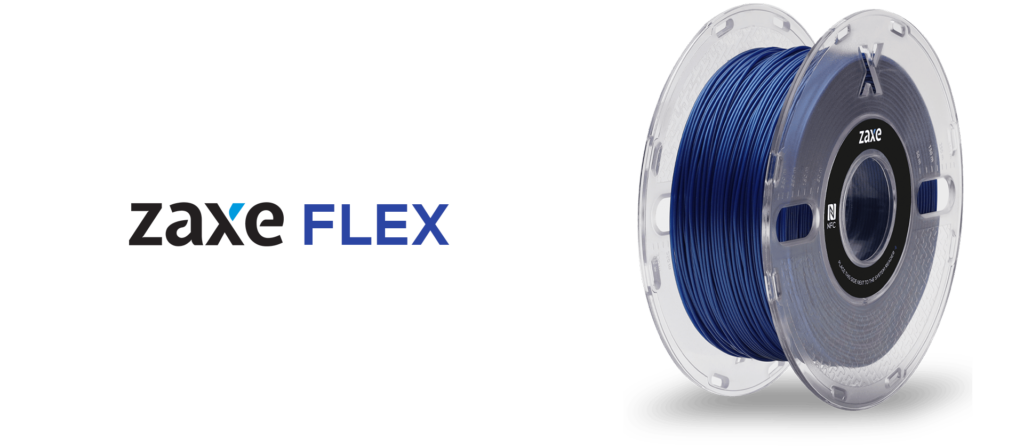
FLEX
FLEX’s defining characteristic is pretty self-explanatory. But flexibility is not the only thing this filament offers. FLEX offers great tenacity, chemical resistance, and shock absorption. While the filament may seem compatible due to its low shrinkage and warping levels, it is definitely not the easy filament to print with and is recommended only for experienced 3D printer users.
Pros :
- Very flexible
- Good dimensional stability
- Great shock absorption
- High chemical resistance
Cons :
- Hard to print with
- Low printing speed
- Bad overhangs
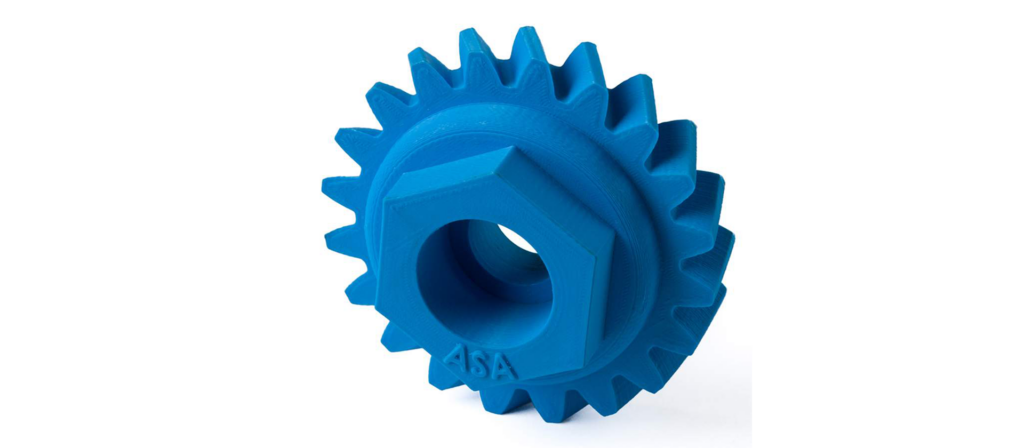
ASA
ASA can be seen as a successor to ABS considering they share many properties. It improves on some of the shortcomings of ABS creating a more adaptable filament. What makes ASA so special is the superior UV resistance it offers which makes it perfect for outdoor use. ASA also produces less smell than ABS which might be a selling point for some 3D printer users who don’t like the smell of ABS.
Pros :
- Great UV resistance
- Produces little to no smell
- High-temperature resistance
- Easy post-processing
Cons :
- Prone to warping
- Requires high temperatures
- Unhealthy fumes
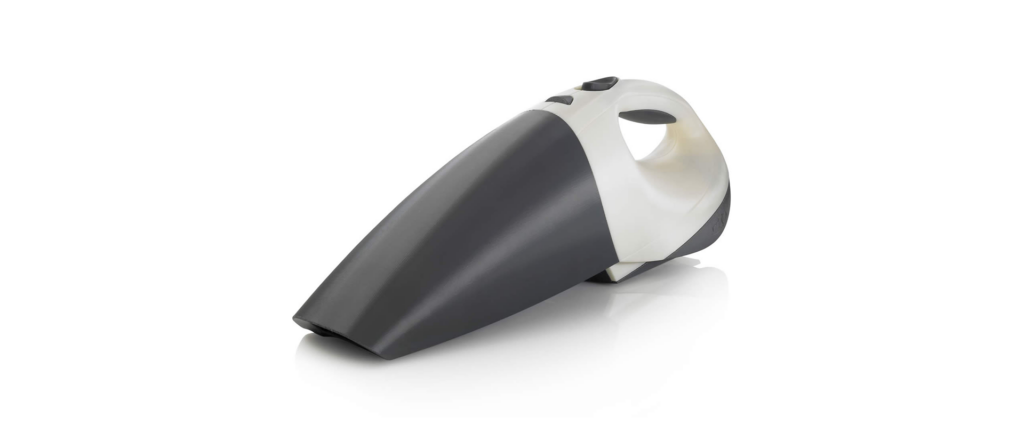
PC-ABS
Being one of the most popular blends of materials on the market PC-ABS can be considered an industrial material. When the ductility and processability of ABS meet the heat resistance and amazing durability of PC, it creates a material that fits some very specific needs for engineers.
Pros :
- Cheaper than pure PC
- Very stiff
- Easy processing
- High dimensional accuracy
Cons :
- Poor solvent resistance
- Low dielectric strength
- Not the cheapest material
